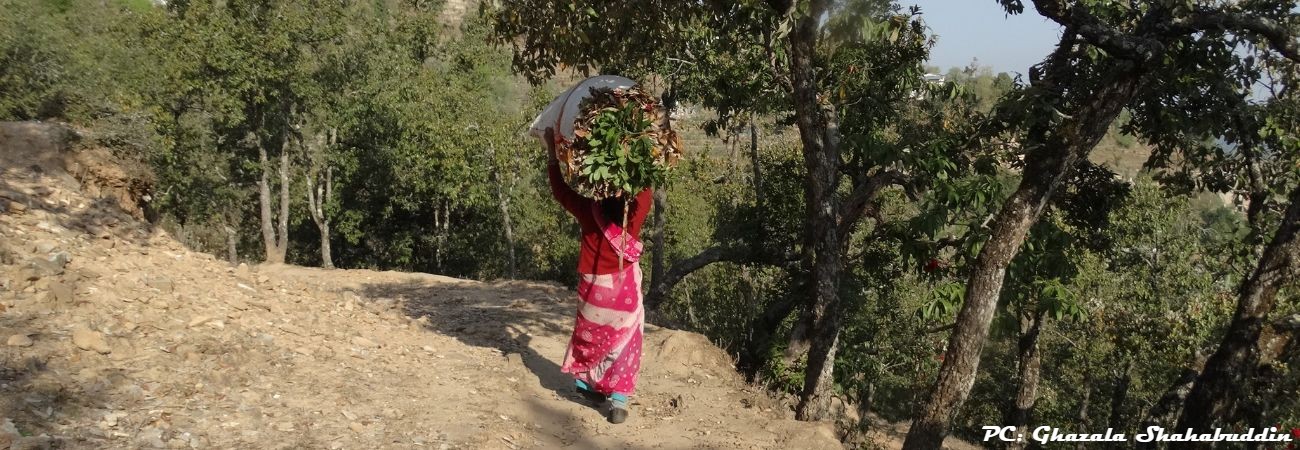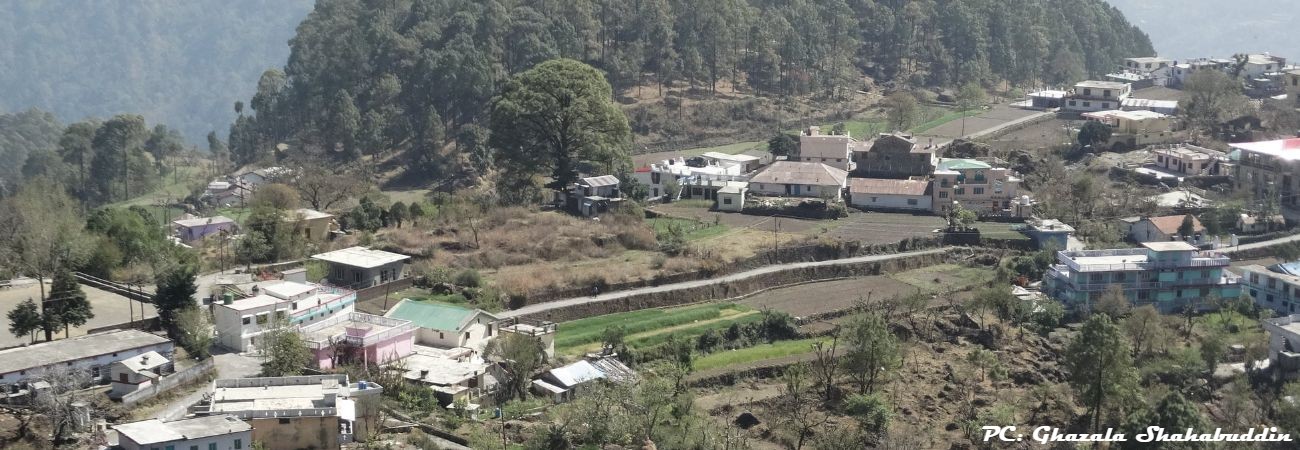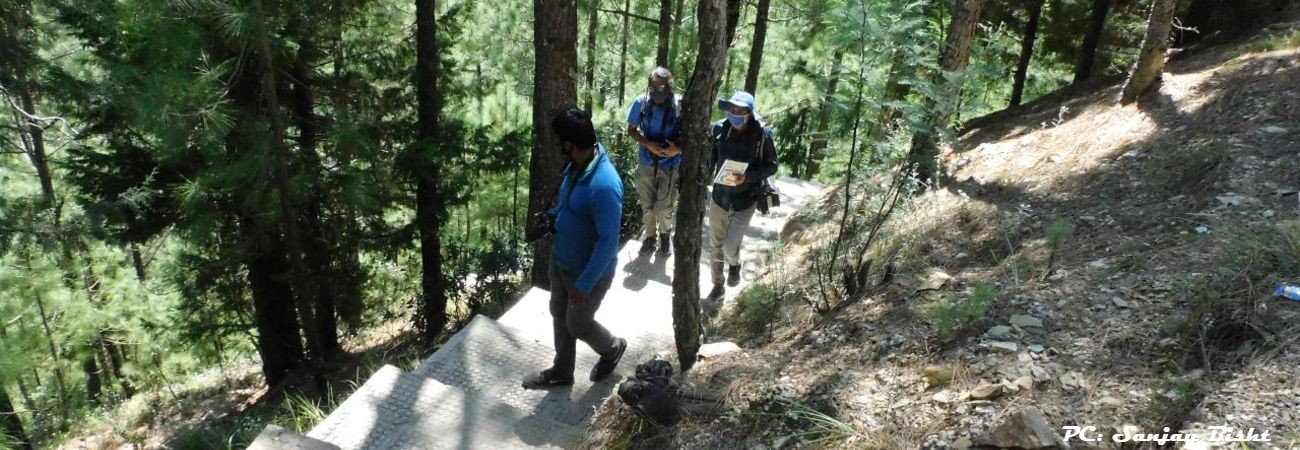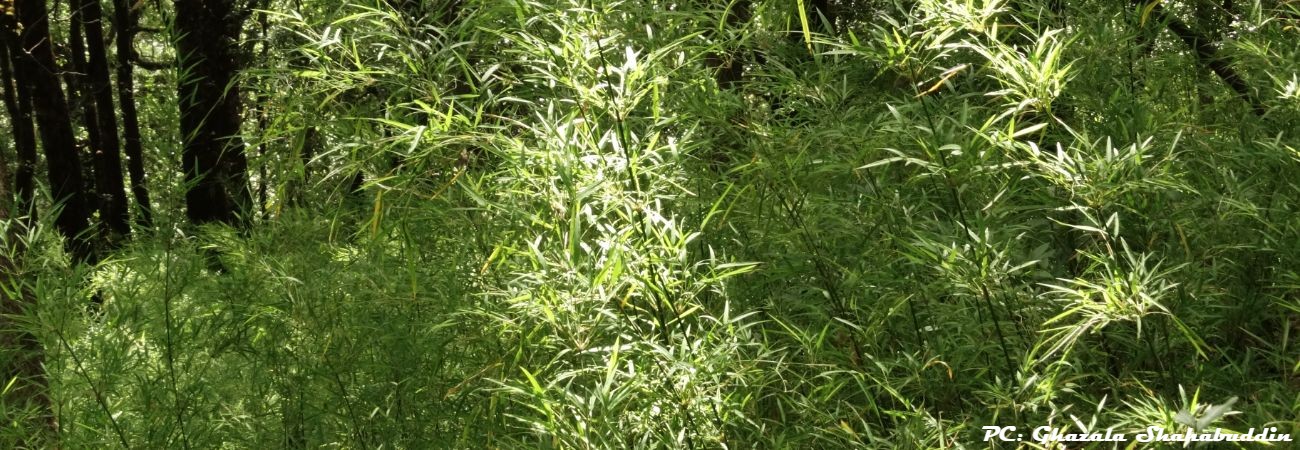



The tourist town of Mukteshwar is known for its majestic views of the snow-capped Himalayan peaks- such as Trishul and Nanda Devi- but few are aware of the immense biodiversity of this area and its surrounds. Being located on a 2000 m-high saddle back ridge, overlooking the forests of Indian Veterinary Research Institute (IVRI) to the north and the villages of Sunkiya, Letibunga, Nathua khan and Simayal (among others) to the south, the Mukteshwar landscape harbours dense oak forests, scenic pine stands, agricultural fields and orchards, as well as perennial streams. The forests here are largely co-managed by local communities who have been practicing the traditional form of organic farming, dependent on the forests for leaf-compost, clean water and a myriad other forest products. Horticultural farms are also common here, where apricots, peaches and plums are harvested abundantly.
Ecological research in the area since 2013 has brought out fascinating facets of this landscape including an abundance of rare bird and butterfly species that are only found in the Himalayas. Driving south along the tarred road from Muktesh war via Dootkanedhar village to Talla Ramgarh, one crosses the old-growth oak forests of Chaafi and Saatbunga. The tarred road meets the village of Talla Ramgarh after crossing a perennial mountain stream where the rare king cobra and numerous other snake species have been seen. Maheshkhan Reserved Forest is in proximity to Ramgarh area and extends the area of oak and pine forests by almost 7 sqkm. West of Mukteswar, the community forests of Satkhol and Peora, and the village forests of Badhet, Dadima and Simayal to the south, offer a mosaic of fields and forests harbouring rich faunal diversity. The Mukteshwar landscape presents aninterming ling of diverse natureand the local Kumaoni culture that reveres and protects nature. A century ago, the Bengal tiger was still found here, immortalised by Jim Corbett in his short story The Muktesar Man-eater. Even now, leopards roam the fields and forests as does the occasional black bear which comes for the oak acorns in winter.



